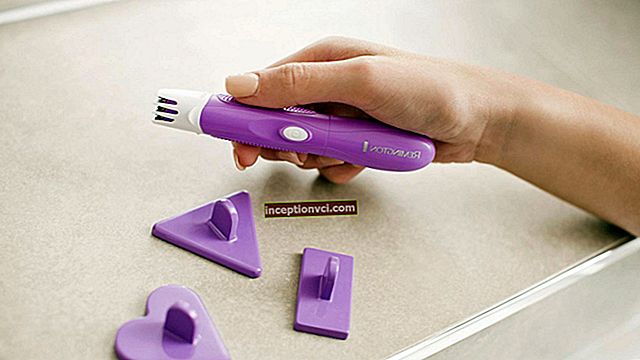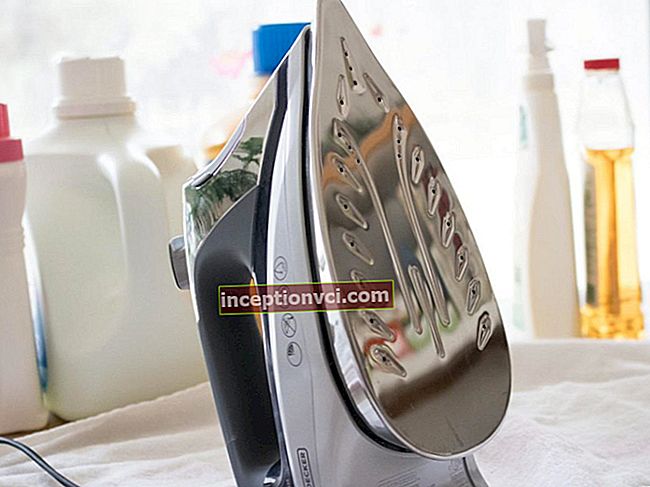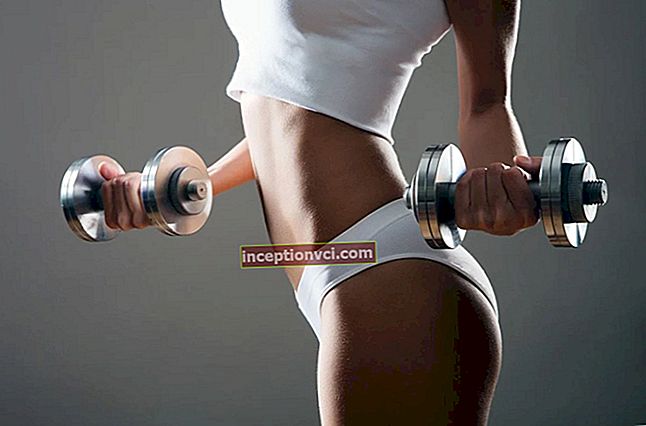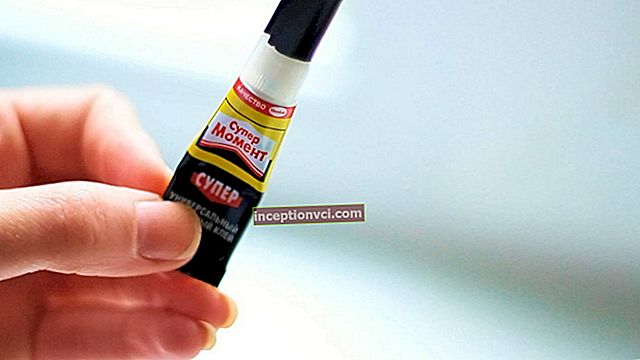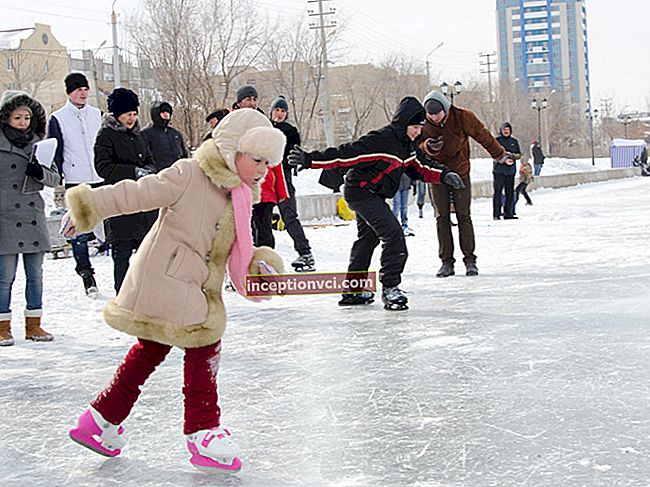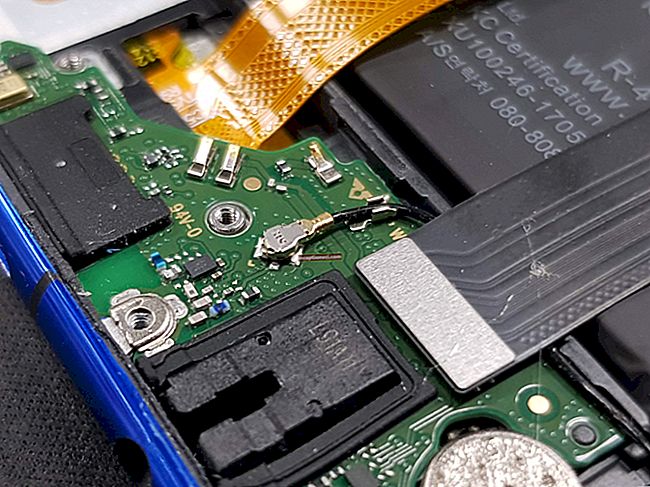You can't catch carp without a good rig. Therefore, it is important that the hook is sharp and strong, appropriate for the size and type of bait. So for carp fishing you will have to stock up on different sizes and modifications. And then many are sure that there is one specific hook that exactly meets these requirements.
It will take time to gain experience, and with it will come the understanding that the carp angler needs a variety of hooks. Not necessarily powerful, but certainly high quality. I recommend taking hooks only from well-known companies. Let's say Lineaeffe, Prologic, Gamakatsu, Balzer, Decoy.
Carp hooks: versatility in a nutshell
There is no universal hook. In one situation you will need a really powerful and reliable hook, in another you will need a small and light hook. If you think about it, then when choosing a hook, you usually follow a rule, much similar to the law of mechanics: "you win in strength - you lose in distance, and vice versa." When fishing, the more powerful the hook, the more reliable. But! The likelihood of a bite decreases and, again, vice versa. That is, when hunting even very large carp, a powerful hook may be completely ineffective. The fish will find it and will not take the bait.
The question arises: "What, then, is the use of an extremely reliable hook if it scares off a cautious carp?" Conversely, the likelihood that the fish will not notice the catch and take the bait increases if the hook is completely invisible - light, small, on a thin and soft leash. And even without a retainer tube. However, such a hook is easier for a fish to spit out. In this case, the bites are mostly not effective. So look for the "golden mean" - a hook of the optimal shape and size.
Be prepared to change hooks as you fish. The principle of this replacement, in my opinion, can be as follows: the bite is active, but there are a lot of idle bites - the hooks change to "hooked" ones - with a retainer tube (if there was none) or with a longer forend, for example. Conversely, the more carefully the fish takes, the less noticeable the hook. You may argue: "What does experience give if you have to pick up the gear literally by trial and error?" The answer is: "Make fewer mistakes!"
Experience will tell you that it makes no sense to put a hook made of thick wire if you fish in a transparent reservoir during the day. On a muddy bottom or among algae, the hook is not as noticeable. But it must be durable and reliable. It is experience that allows the angler to take into account minor circumstances when choosing a hook. For example: how strong are the lips of a carp in a particular body of water. To some, this seems like a trifle. In fact, there is something to think about. At the competitions on Medvezhye Lakes (Russia), our team had several annoying losses, and I'm just sure that the reason for them was precisely the fact that the local carp have soft lips. As a result, we missed the victory, the chances of which we had were very real. So that's it.
- If the tissues of the fish's mouth are strong, a hook made of thin wire and with a mini-beard hooks better than others.
- For soft hooks, a thick wire hook is desirable. Such one does not vomit fish.
I noticed that in reservoirs with a silted bottom, the tissues of the mouth of a fish are softer than in reservoirs with hard ground. Catch a few and see for yourself.
And what certainly gives the angler experience is the understanding that it is not necessary to equip the tackle with a huge and powerful hook. Even if you hope to catch the "monster". The small hook is also sturdy. First of all, it must correspond to the size of the bait: the larger, the more massive the tackle. The ratios are as follows:
- the distance from the tip to the forend of the hook is approximately half the diameter of the bait;
- another thing is that sometimes boilies with a diameter of 30 millimeters or more are used to catch carp, and with them hooks corresponding to them in size. But this is more the exception than the rule.
Usually small baits are used - 18, 16 or even 10 mm in diameter. So the "running" hooks for carp anglers are no. B, 8 and even 10.
Carp hook: basic qualities
Lightness, strength and sharpness are 3 parameters of a good carp hook.
- Lightness makes the bait feed natural.
- You rely on strength when fighting a strong fish.
- And if we consider that carp fishing in most cases is based on the self-catching effect, it is clear that the hook must be so sharp that at the slightest contact it digs into the fish.
Depending on the situation, you can "sacrifice" strength, and put an easy hook. But it must be sharp. And the edge depends solely on the quality of the sharpening. Technologically, this process consists of two stages:
- this is a mechanical sharpening,
- chemical.
After such processing, the hooks are perfectly sharp, but perfect quality becomes their weak point. The sting is easy to break. Sometimes it is enough to strike a stone, and the hook will become dull. That is why I check the sting with my fingernail before every cast. As soon as the hook starts to "float" on the nail, I change it without even trying to correct it with a sharpener. It won't help. All well-known manufacturers of fishing hooks are fighting over this problem.

- A new alloy has been developed at Gamakatsu. Hooks made from it (series A1) are much stronger, the sting is less often dull.
- Mustad produces hooks with three processing stages instead of two. The rig has become much stronger and sharper.
The hook becomes dull when it rusts. True, this is a problem of the products of "mid-range" firms. If the hook is made of poor quality material, it is enough for it to lie in water for the sting to oxidize.
The variety of sizes and shapes of carp hooks amazes even the experienced angler. Try to choose the best option for the conditions in which you are going to fish. Let's try to understand the peculiarities of hooks of different modifications.
Hook weight and strength are related. They depend on the wire diameter. The thicker the wire, the stronger the hook, but also heavier. In addition, the thicker the wire, the heavier the hook, but also visually more noticeable to the fish. These are serious disadvantages. But ... As it was said, a thick wire hook is stronger, and this circumstance is of particular importance if you fish in areas with snags or overgrown with algae. In addition, such a hook cuts the lip of the fish less, and, consequently, the risk of falling off is reduced. So choose, but consider the nuances.
The value of the place of fishing
If you are fishing in an area without algae or snags, go for a thin wire hook. And vice versa. Where you have to “rip out” the fish from the algae, or, by tightening the friction on the reel, take it away from a tree lying in the water, a powerful hook is a must.

Pay attention to the shape of the hook.
- The longer the forend is, the more hooked the hook.
- But the long forend makes the fish hook more noticeable. And with a curved forend - they do not leave a chance for the fish, although they injure the lip.
The length of the forend is not the only reason for thinking. There are other design features of the hooks that you should pay attention to. For example, the ring can be in line with the forend, or it can be bent inward, towards the sting, or outward.
- A hook with an inwardly bent ring, if used with a hair rig, turns when biting in such a way that the likelihood of fish self-catching increases significantly.
- Hooks with a ring bent outward are the best fit for rigs, where both the leash and the hair are made of hard material.
The point of the hook is also slightly curved.
- If inside, it reduces the risk of snagging in cluttered places. This hook "collects" less debris from the bottom when the gear is exhausted.
- Bent to the side, it turns out to be in different planes with the forend, therefore, it significantly reduces the fish's chances of getting rid of the hook.
Best carp hooks in shape

As an example, consider the line of English hooks from Fox. The selection contains the most common forms.
- Series 1.
This is a classic carp hook, the shape of which carp anglers borrowed from fly fishermen. Very strong hook with a sting parallel to the long fore-end and a ring bent inward. This feature allows it to turn around correctly in the mouth of the fish and keep it securely there while playing. Hooks of this series are designed for fishing with floating and neutral buoyancy boilies in clean areas of the reservoir. Very convenient for use with soft leash materials and so-called knotless connection. Kamasan B745 and Nash Specialist Carp Pattern 2 hooks have similar characteristics.
- Series 2.
Universal, therefore popular. Compared to Series 1 hooks, it has a short forend. Hooks of this series are very light, suitable for fishing carp with all types of lures in areas with a clean bottom. Similar parameters for hooks Korda Wide Gape, Gamakatsu Snag Hook, Nash Specialist Carp Pattern 1.
- Series 2XS.
This is an analogue of Series 2 hooks, but they are made of thicker wire, with a ring that is slightly bent inward. These are very durable hooks and are used in the most difficult conditions. Tackles Gamakatsu Super Hook and Hayabusa BIL288 are similar to them.
- Series 3.
The very strong hooks of this series have a medium-length forend and a slightly curved sting. Suitable for fishing with sinking and swimming lures in difficult conditions. Hooks Kamasan B775, Gamakatsu Specialist Hook, Nash Fang are very similar to them.
- Series 4 Long Shank.
They differ in a long forend and a ringlet bent inward. They work perfectly with any kind of bait and provide the most reliable self-targeting of fish. They are very convenient for self-production of D-rigs based on them. All firms have hooks of this type in their model range.
- Series 5.
This narrow hook with a very long and curved shank works perfectly with floating lures, providing 100% bite. A similar hook Kamasan B725 is wide enough for fishing in grass and snags.
- Series 6.
Powerful, with a short forend and an enlarged, outwardly bent eyelet. With this hook, you can use a leader made of rigid materials with a large diameter. It is used in very difficult places, and for fishing from the surface.
A few thoughts on hooks with and without micro-barbs
The smaller the beard, the less traumatized the fish. But at the slightest weakening of the line tension, such a hook will fall out of the lip of the fish. But such hooks also have an advantage: the smaller the beard, the higher the penetrating ability of the hook. Barbless hooks are produced by many well-known companies. At Fox, for example, Series 1, 2, 2XS and 6 have such a modification. They are labeled with Series IB, 2B, 2XSB, 6B, respectively.
Buy hooks for carp: conclusion
Hooks are different, how do you choose the one you need? Many anglers (including myself) are guided by a simple rule: the best is the one that you like and you do not doubt the reliability. The rule is clear, but it takes some experience to apply it.
So go fishing more often, experiment, and choose your hooks, like other rigs, consciously. For those who are just going to take their first steps in carp fishing, I advise you to use Fox Series 2 or Kamasan 775 hooks. They are universal. For the rest, rely on luck.
In conclusion, I would like to remind you once again that the effectiveness of even the best hook depends not only on its merits. All the elements of the rig are interconnected, and the hook, as its component, must be correctly “fed”. A lot depends on minor details - a line aligner correctly fitted to the hook's fore-end, the leash features or the length of the hair.
Useful article: "Which line is better: for spinning and for a float rod"
Watch the video which hooks are better for carp
